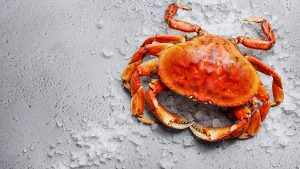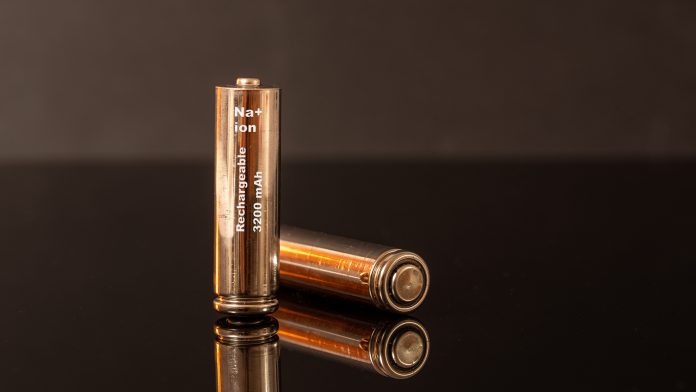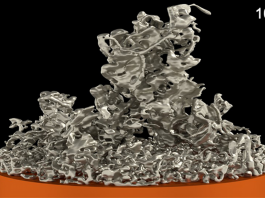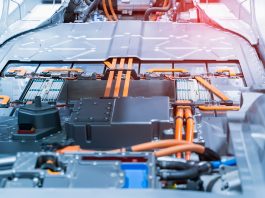Researchers have used crab carbon to create anode materials for the next generation of rechargeable battery technologies.
Instead of throwing away the tough shells of crabs and lobsters, researchers are upcycling them into porous, carbon-filled materials with various uses. One team has used this crab carbon to innovate rechargeable battery design. From this, the team was able to create anode materials for sodium-ion batteries, an emerging competitor for lithium-ion chemistries.
The work, ‘Crab Shell-Derived SnS2/C and FeS2/C Carbon Composites as Anodes for High-Performance Sodium-Ion Batteries,’ is published in the journal ACS Omega.
Why is finding an alternative to lithium-ion batteries important?
Currently, lithium-ion batteries are the most common rechargeable battery technology, being used to power everyday technologies like phones, cars, and toothbrushes. It is estimated that they are the most popular battery storage option, dominating over 90% of the global grid market.
Although lithium has a variety of advantages, including high energy density and the ability to be combined with renewable technologies, there are concerns with the amount of raw material available to satisfy the continually rising demand. Thus, many researchers have begun to explore chemically similar rechargeable battery alternatives.
Exploring emerging rechargeable battery technology
The researchers explored creating a biodegradable zinc-ion battery using the chitin in crab shells, however, ultimately decided that the wastes could be turned into hard carbon – a material that has been explored as a potential anode for sodium-ion batteries.
Sodium-ion batteries are an emerging rechargeable battery technology that has critical advantages over lithium-ion batteries, including cost and performance. Researchers have argued that sodium-ion batteries should become less expensive than lithium-ion batteries, due to sodium’s abundance in the ground.
As a major concern around lithium-ion batteries is the availability of the metal which causes unpredictable pricing, sodium’s abundance would ensure price stability.
However, sodium ions are larger than lithium ions and are therefore incompatible with the anode of a lithium-ion battery, which is usually made of graphite. The researchers found that when hard carbon, derived from the crab shells, is combined with metallic semiconductor materials, such as the transition metal dichalcogenides (TMDs), the material can be used as a battery anode.

In their study, the researchers explored how two different TMDs — tin sulphide and iron sulphide — could be combined with hard carbon made from crab shells to make a viable sodium-ion battery anode for the next generation of rechargeable battery technology.
Creating the crab carbon
The researchers heated crab shells to temperatures over 1,000°F to make their crab carbon. They then added the carbon to a solution of either tin sulphide (SnS2) or iron sulphide (FeS2) and dried them to form anodes.
The porous, fibrous structure of the crab carbon supplied a large surface area, enhancing the material’s conductivity and ability to effectively transport ions.
The team tested the anodes in a model battery, and found that both composites had good capacities and could last for at least 200 cycles.
The work has the potential to provide a route to upcycle other wastes and help develop more sustainable rechargeable battery technologies.









